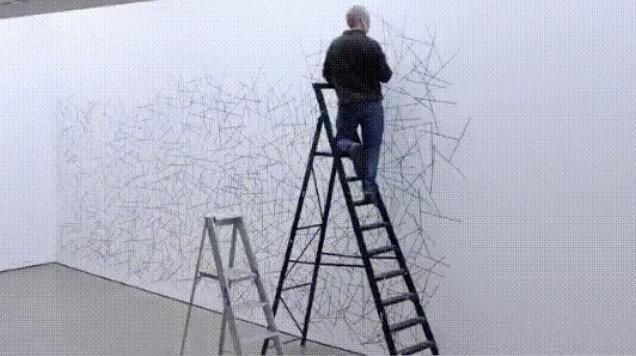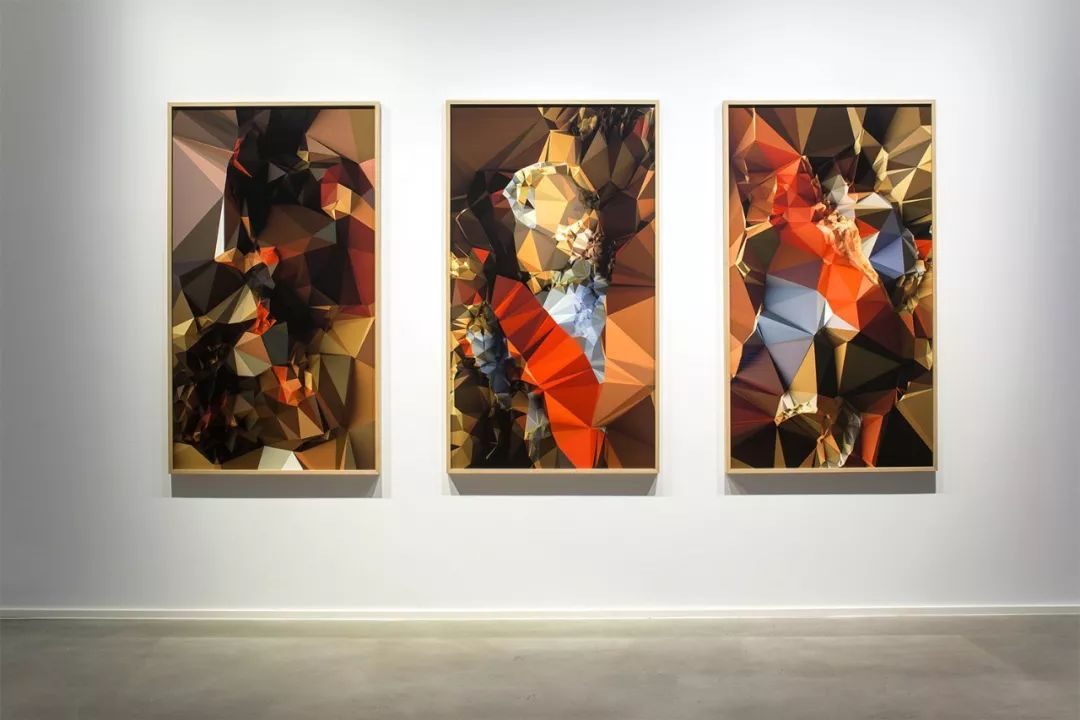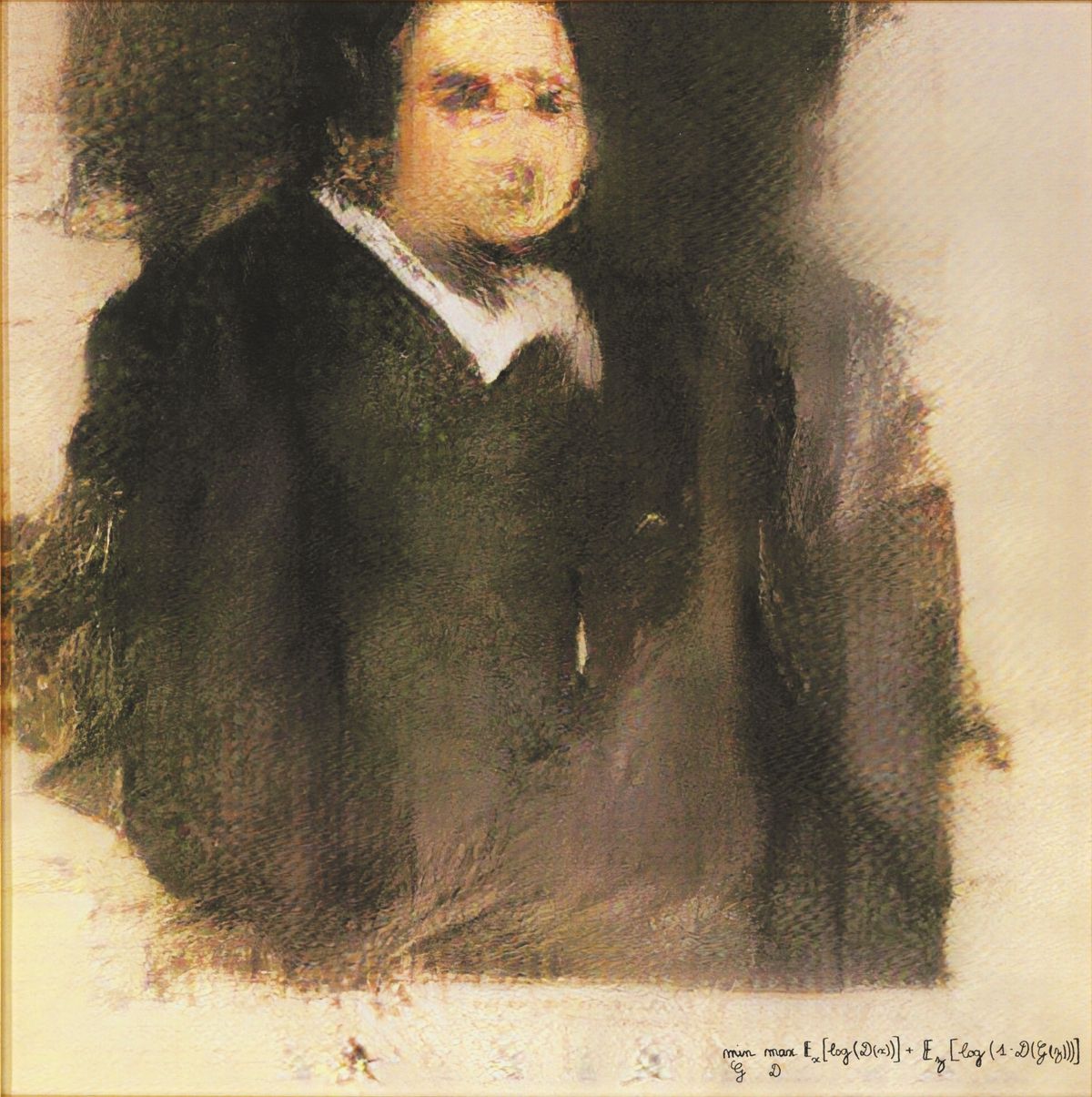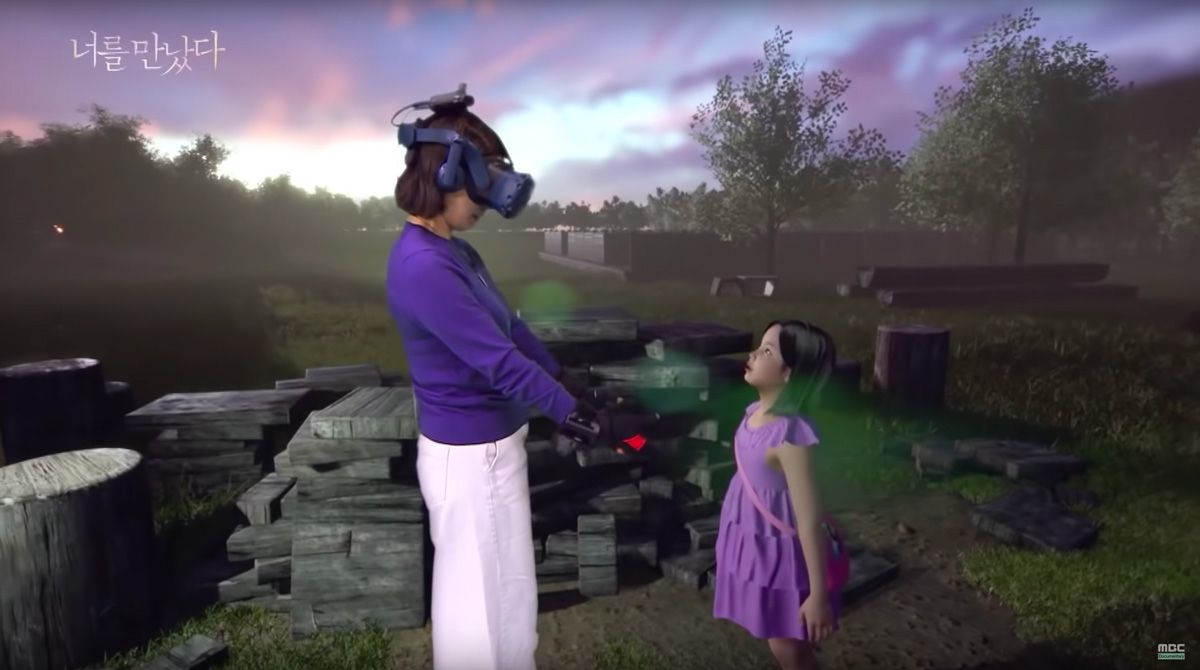Whether Computers Can Generate Art
by Oliver Mao, Form VI
9 min. read — November 16, 2022
Art has been recognized as works that can only be composed by human beings for centuries. However, computer-generated paintings, music, and poems, which are also considered art, have been gradually introduced to the world recently. It seems like computers cannot generate true art like human beings. One major reason is that humans can always give meaning to their artworks, such as the depression they want to express, the love they want to convey to their spouse, or some complex emotion they want to share with the readers. Another difference between humans and computers is that humans can compose new artworks by thinking. However, computers can compose artworks by imitating other artworks. The process of imitating is in fact similar to human learning. Human artists who compose art usually start by learning about previous artworks. Clothing designers, for example, always get their ideas by imitating some other famous designers for their first design. Computer-generated artworks can also have meanings. The meanings of artworks are usually not defined by their composers, but by the readers. For example, when students interpret poetry at school, each of them might have a different interpretation of the poem. The same pattern applies to other forms of art like paintings, music, and even video games. Therefore, computers are able to generate art, and they are doing a pretty good job in different forms of art.
Poetry is a form of art composed of words. They often contain some meanings that the poets have embedded within them when they composed the poem. However, readers never know what exactly the poet was thinking about when they are reading a poem. But readers do have their own understanding of the poems. Since poems do not necessarily need to have one explicit meaning, computer-generated poems, which do not have any meanings that are conveyed by computers, can also be considered authentic poems. However, people might argue that computers could not generate lines as logically as humans because the words the computer chooses, the sequence in which they arrange words, or the number of words in each line can be totally random. The answer to this concern is that there is no need for computers to be too logical when they are generating poems. In fact, some famous poems written by human poets are not that logical either. For example, “What thoughts I have of you tonight, Walt Whitman, for I walked down the sidestreets under the trees with a headache self-conscious looking at the full moon.”, which is the first line of the Supermarket in California by Allen Ginsberg, does not have a concrete sequence of words that could make the line more logical either. But readers can reasonably understand the poet and sometimes the confusion of the lines can give readers another understanding even though they do not make much sense. The same pattern applies to computer poems. In 2010, Zackary Scholl, an undergraduate student from Duke University, modified a program that generates poems with non-logical lines next to each other. The outcome ended up with this:
A home transformed by the lightning
the balanced alcoves smother
this insatiable earth of a planet, Earth.
They attacked it with mechanical horns
because they love you, love, in fire and wind.
You say, what is the time waiting for in its spring?
I tell you it is waiting for your branch that flows,
because you are a sweet-smelling diamond architecture
that does not know why it grows.
Zackary then posted the poem on a poetry website to observe its readers’ reactions. According to Zackary, the result was “overwhelmingly positive.” The poem was then collected into the Duke literary journal, which demonstrates that poems, whether computer-generated poems or human-composed poems, do not have to be logical. The poem Zackary’s computer generated definitely does not have any intended meanings; however, the readers give it meanings, which makes them evaluate the computer-generated lines of words as an authentic poem. At the same time, computers can also generate logical poems (even though this is not necessary). With more advanced codes and particular intentions, computers can compose poems with more logical lines. For example, Yisela Alvarez Trentini, a programmer, had his computer generate this poem:
you
are
inscribed
in the
lines on the
ceiling
you
are
inscribed in
the depths
of
the
storm
Different from the previous poem, this poem has more logical lines and makes more sense in general. Yisela then posted the poem on a poetry website, and eighty percent of people thought that it was a human-made poem. This result successfully demonstrated that computer-generated poems can also be as logical as human-composed poems. Still, whether a poem is logical would not determine whether the poem is authentic. Poems with clear content and structured lines may be easier for readers to understand, but a non-logical, less rational poem also leaves readers a great amount of space to think. Computer-generated poems are always considered art because poems are containers of ideas and thoughts, and computer-generated poems always have a unique meaning for each of their readers.
Painting is another one of the most popular forms of art. Almost everyone paints, from a child to an old person, and so do computers. But computers do not generate paintings out of nothing; instead, they generate new paintings based on other paintings. In fact, the same process happens to human painters, too. When human artists compose their paintings, they always have a reference. For example, Mona Lisa, the most well-known painting in the world, has a young lady as its reference. Therefore, computer-generated art also has references, and these references are usually chosen by human beings. For example, there are a number of websites where users can command computers to generate paintings with some keywords entered. This method of painting is called generative art. Generative art is paintings that are generated with a certain system, for example, a computer program or a natural language rule. Generated art involves some randomness, meaning that the artist who entered the keyword does not know what the outcome could be. In other words, a computer doing generative art can compose art half-independently. The same system can also be applied to human-generated art. For example, American artist Sol LeWitt has composed generative art in real life. His idea was to ask people to paint with his instructions, such as the colors and shapes, without painting anything by himself. He simply set a goal and lets other people achieve it; at the same time, he does not know what the final result would be like. The painting was something like this:

Sol’s paintings proved the viability of generated art at an early stage. By writing a program applying a similar process for machines, computers can also generate art, as Sol did. For example, Italian artist Davide Quayola has composed a piece of generative art called Iconographies based on Voronoi Diagram, a mathematical diagram used for generative art. His paintings look Like this:

Iconographies were composed by computers based on some iconic famous paintings in history. With programs, the computer could turn these famous paintings into a digitized version while keeping the original colors and shapes. The process looks like this:

These famous paintings have already deeply impressed many people; in other words, the figures, items, and colors in the paintings have already been remembered by people. Therefore, it is doubtful whether a human painter can repaint the painting without any influence from the original ones. However, computers could generate them totally randomly. Even though these paintings are generated based on some other ones, the color the computers choose and the shapes they use are unparalleled, such unique computer-made characteristics generate art that is different from human-generated ones.
Computers can generate paintings not only based on one painting but also on a number of paintings. Similar to humans learning how to draw, which is to practice imitating a lot of other paintings, computers learn how to draw in this case by learning from other paintings. After analyzing enough paintings, computers can generate new paintings out of others. An example of this is Edmond de Belamy, a painting that was generated by a computer.

Interestingly, this portrait had been sold for $432,000 in an auction. The portrait was generated after the computer analyzed ten thousand portraits from the 14th century to the 20th century. This portrait illustrates people’s recognition of computer-generated art. At the same time, it demonstrates that computers can generate unique, brand-new paintings in a similar way to human beings learning to paint. And with enough learning, computers can compose even more successful masterpieces.
Different from those traditional arts like drawing and poetries, video games are another form of art that is recently being brought to people’s attention. Playing video games is like watching a movie, but the players themselves are the main characters. The realistic scenes computers generate for players are like paintings, which bring unique visual effects to their audience. Video games are a combination of visual art and science. Computer-generated elements are very common in video games. For example, in a popular game, No Man’s Sky, players can explore trillions of different planets. These planets are randomly generated by computers. A similar pattern applies to other popular games such as Minecraft and Terraria. Every time when players open the game they can see a whole new world. This unique experience which could only be created by computers makes the computer a great artist. Not only video games but also virtual reality can be a form of art. Art is usually defined as a container of emotional power, beauty, creative ideas, etc. Virtual reality, which has to have a computer as a medium, can also be a container of emotional power. For example, in 2020, a team from Korea created a virtual reality program to let a mother meet her seven-year-old daughter, who passed away. Using computers, programmers could establish the model of the daughter, and a wonderful scene for the mother to meet her.

Before the computer was invented, people wrote poems, painted portraits, or wrote music to memorialize passed-away people they loved. These art pieces contain their emotion of missing and love. Nowadays with the help of computers, people can use other forms to memorize who they love. These computer-generated works also contain great emotional powers, which make them true art.
Computers can generate art in a similar way to humans. Computers can generate poems, not only poems with random words but also poems with a certain logic. However, both types of poems are considered arts since they can both have meanings, which grants them emotional power. Computer-generated paintings are very common. Like humans modifying what they see in reality and repainting it in an abstract way, computers can also generate modified paintings based on some other image. Computers can even generate more random, or abstract paintings when they are composing art based on other paintings. At the same time, similar to humans learning how to draw by practicing a lot of time, computers can learn how to compose a new painting by learning from other paintings. The new paintings are totally distinct from the others, and these paintings are gradually being accepted by the public. The computer not only can generate traditional art, but also new forms of art that have been introduced recently. Like other forms of art, these ones also have meanings, such as the people they love.
Computers can do more with the cooperation of human beings. The computer is not only an artist itself but more accurately a child of human beings. With the knowledge humans taught them, they could compose art similar to humans. And as computers learn more and more, they can produce more and more artwork.
Works Cited
“电脑是否会最终取代人类来创作艺术?.” BBC News 中文, BBC, https://www.bbc.com/zhongwen/simp/world-48059093.
“生成艺术就是‘一键生成’的艺术 吗?NFT世代最火热的新媒体艺术、动画电子乐建筑灯光皆可应用.” 知乎专栏, zhuanlan.zhihu.com/p/388655117. Accessed 3 Aug. 2022.
Trentini, Yisela Alvarez. “Computer Generated Poetry Will Knock Your Socks Off.” Medium, 24 May 2018, yisela.medium.com/computer-generated-poetry-will-knock-your-socks-off-763c815a1b52.
Wikipedia contributors. “Video Games as an Art Form.” Wikipedia, 30 July 2022, en.wikipedia.org/wiki/Video_games_as_an_art_form.
“Minecraft 的地形生成算法是什么?.” 知乎, 14 Mar. 2014, www.zhihu.com/question/20754279 (http://www.zhihu.com/question/20754279).